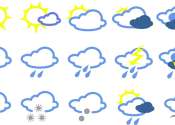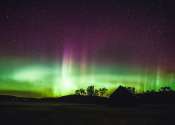Missing sunspots: Solar mystery solved
The Sun has been in the news a lot lately because it's beginning to send out more flares and solar storms. Its recent turmoil is particularly newsworthy because the Sun was very quiet for an unusually long time. Astronomers ...







